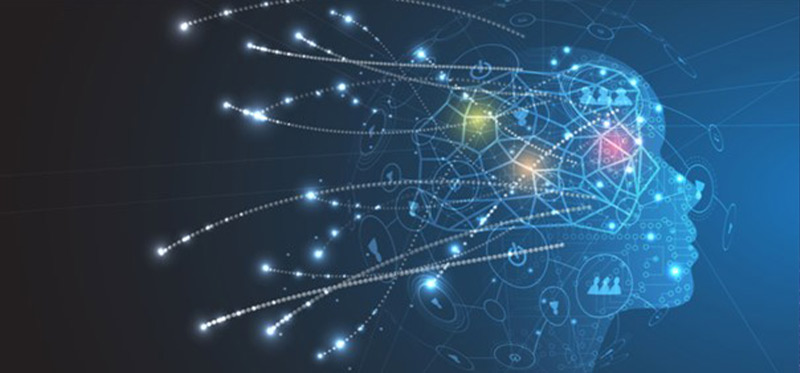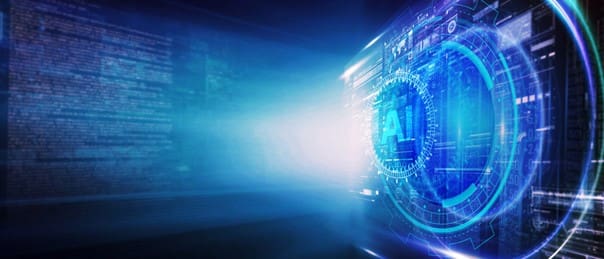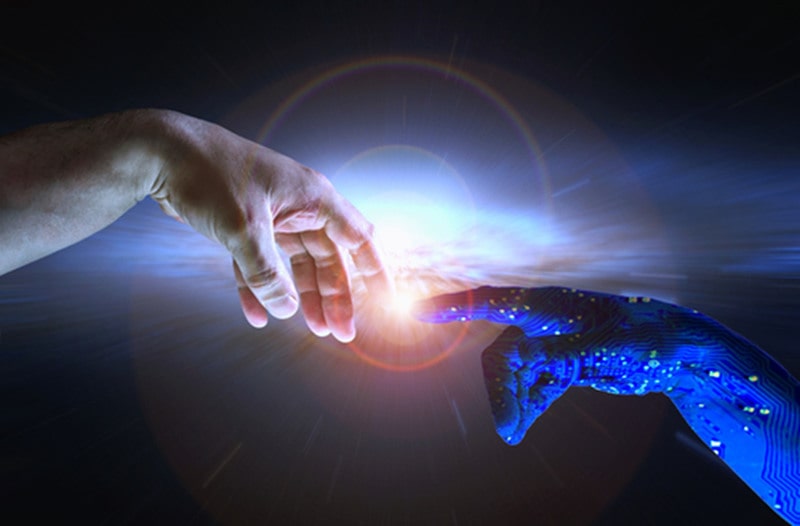
Artificial Intelligence (AI) and Internet of Things (IoT)
Two Powerful Technologies One Big Innovation
Many new concepts have entered our lives with the effect of digitalization and the rapid transformation of technological developments. Nowadays, we confront with questions more frequently such as what is Artificial Intelligence, what is the Internet of Things.
When Industry 4.0 has come into our lives, smart home systems has become known and preferable, which undoubtedly affects our lives.
So, what is this Artificial Intelligence?
We can define artificial intelligence as a system or a set of machines that perform the tasks that need to be performed by imitating human intelligence, and that can continuously improve itself in the light of the information it collects.
In our previous blog "Big Data and Internet of Things", we mentioned the importance of Big Data for Internet of Things. In here where we mention the data within the scope of Big Data should be analyzed in order to be useful.
At this point, the concept of artificial intelligence comes into play. Artificial intelligence (AI), which is intertwined with the concepts of machine learning and deep learning, uses algorithms to analyze data generated by devices of Internet of Things (IoT).

The Meeting of Artificial Intelligence and IoT
The Internet of Things (IoT) is a technology that differentiates and helps us reconstruct our daily lives, but artificial intelligence (AI) has become the real driving force behind the full potential of the Internet of Things.
From the applications which provide daily sports and health data to large-scale projects in industry and urban planning, the increased coordination between AI and IoT is likely to drive the smarter future to earlier dates than thought.
The Big Power of Innovation
We know that IoT devices use the internet to communicate, collect and exchange information about our online activities. These IoT devices generate about 1 billion GB of data every day.
It is estimated that the number of devices connected with IoT, which define as billions nowadays, will be 42 billion in worldwide by 2025. Although different predictions are made in different sources, one thing we know is that the numbers of these devices are increasing and naturally the data that are produced and needs to be processed is also increasing. Artificial intelligence comes into play at this point by lending its learning abilities to the connectivity of the Internet of Things.

IoT is powered by three important emerging technologies:Artificial Intelligence (AI), 5G Networks, Big Data. We can summarize artificial intelligence as programmable functions and systems that enable devices to learn, justify, and process information like humans. 5G Networks are defined as high speed and near-zero delayed fifth generation mobile networks for real-time data processing. Big Data are the huge amount of data processed from multiple sources connected to the Internet. These interconnected technologies transform the way we interact with our devices at home and at work, and create a partnership between artificial intelligence and IoT in this process.
Areas Affected by Artificial Intelligence and IoT
1. Wearable Devices
Wearable devices like smart watches constantly monitor and track user’s preferences and habits. This is a good example for bringing effective applications in the health technology sector as well as sports. It is estimated that the global wearable device market will generate more than 87 billion dollars in revenue by 2023.
2. Smart Homes
Smart homes; can learn a host's habits and provide support by making use of appliances, lighting, electronics and more. This seamless access also brings the advantages of improved energy efficiency.
3. Smart Cities
As more and more people migrate from rural to urban areas, crowded cities will need to transform themselves into safer and more suitable places to live. Smart city innovations manifest themselves with investments that increase public safety, transportation and energy efficiency.
For example, in New Delhi, one of the world's most crowded cities, an Intelligent Transport Management System (ITMS) is used to make real-time dynamic decisions about traffic flow.
4. Smart Industries
Finally, all industries are relying on digital transformation to become more efficient and to reduce human error. From real-time data analytics to supply chain sensors, smart devices help preventing cost and errors in the industry.